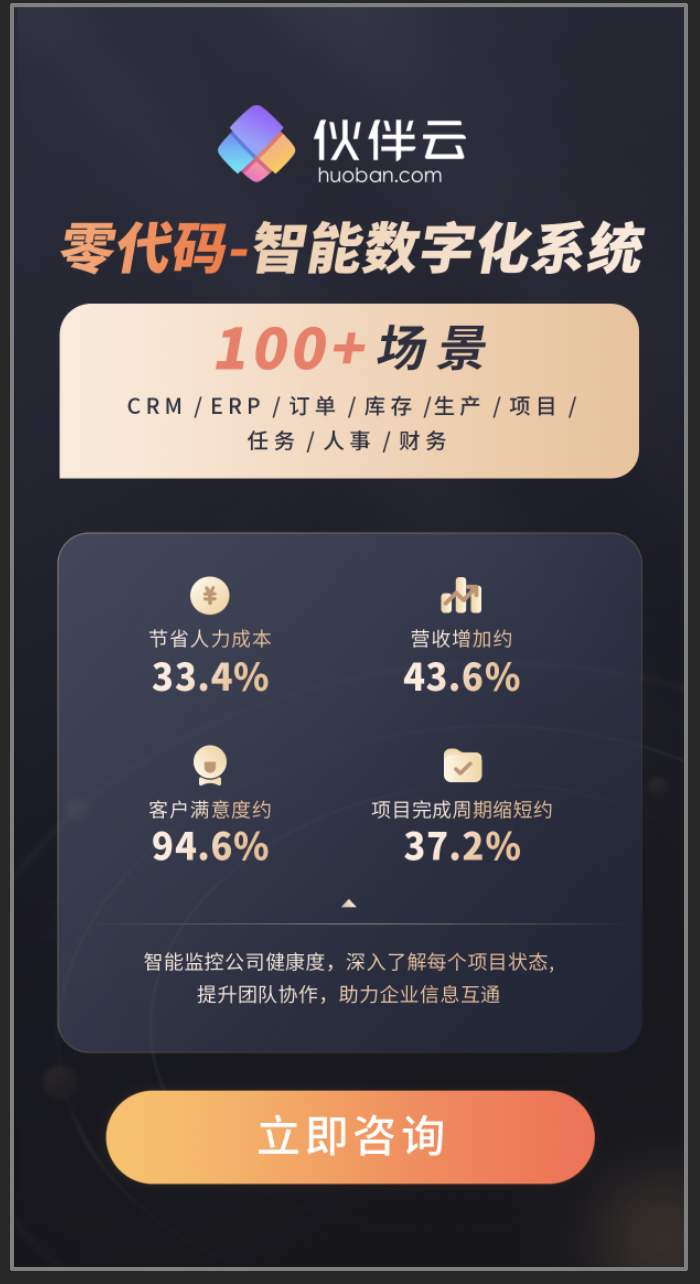
【Netty】零拷贝案例 ( transferTo | transferFrom )
文章目录
一、 案例需求
二、 传统 BIO 拷贝案例
三、 零拷贝案例 服务器端
四、 零拷贝案例 客户端
五、 零拷贝案例 运行与分析
一、 案例需求
给出两个案例 , 一个是 使用普通的
BIO 模型
传输文件的案例 , 一个是
NIO + 零拷贝
传输文件案例 ;
传输 20M 的文件 , 对比二者的传输效率 ;
二、 传统 BIO 拷贝案例
服务器端使用 ServerSocket , 客户端使用 Socket , 在客户端将文件传输给服务器端 , 并统计整体的时间消耗 ;
1 . 服务器端代码 :
服务器端程序启动后 ,
监听 8888 端口 , 等待客户端连接 ,

客户端连接成功后 ,
读取客户端上传的数据 ,
服务器端将接收到的数据存储在 book2.pdf 文件中 ;
package kim.hsl.nio.zerocopy; import java.io.FileOutputStream; import java.io.IOException; import java.io.InputStream; import java.net.ServerSocket; import java.net.Socket; public class BIOFileServerDemo { public static void main(String[] args) { try { // 1. 创建服务器套接字, 并等待客户端连接 ServerSocket serverSocket = new ServerSocket(8888); System.out.println("服务器启动,监听 8888 端口"); //阻塞, 等待客户端连接请求 ( 此处是第一个阻塞点 ) Socket socket = serverSocket.accept(); long startTime = System.currentTimeMillis(); System.out.println("客户端连接成功"); // 2. 接收客户端传输的数据, 并写出到文件中 InputStream inputStream = socket.getInputStream(); FileOutputStream fileOutputStream = new FileOutputStream("book2.pdf"); byte[] buffer = new byte[4096]; int readLen; // 读取的字节个数大于等于 0 才写出数据 while ( ( readLen = inputStream.read(buffer) ) >= 0 ) { // 写出数据到服务器 fileOutputStream.write(buffer, 0, readLen); } System.out.println("文件传输完毕, 用时 : " + (System.currentTimeMillis() - startTime) + " ms"); // 3. 关闭流 socket.close(); inputStream.close(); fileOutputStream.close(); } catch (IOException e) { e.printStackTrace(); } } }
1
2
3
4
5
6
7
8
9
10
11
12
13
14
15
16
17
18
19
20
21
22
23
24
25
26
27
28
29
30
31
32
33
34
35
36
37
38
39
40
41
2 . 客户端代码 :
客户端连接本地的 8888 端口服务器 ,
读取本地的 book.pdf 文件 ,
将其传输到服务器中 ;
package kim.hsl.nio.zerocopy; import java.io.FileInputStream; import java.io.IOException; import java.net.Inet4Address; import java.net.InetSocketAddress; import java.net.Socket; public class BIOFileClientDemo { public static void main(String[] args) { try { // 1. 客户端连接服务器 Socket socket = new Socket(); InetSocketAddress inetSocketAddress = new InetSocketAddress(Inet4Address.getLocalHost(), 8888); socket.connect(inetSocketAddress); System.out.println("客户端连接服务器成功, 开始传输文件 ..."); long startTime = System.currentTimeMillis(); // 2. 从文件中读取数据数据并传给服务器 FileInputStream fileInputStream = new FileInputStream("book.pdf"); byte[] buffer = new byte[4096]; int readLen; // 读取的字节个数大于等于 0 才写出数据 while ( ( readLen = fileInputStream.read(buffer) ) >= 0 ) { // 写出数据到服务器 socket.getOutputStream().write(buffer, 0, readLen); } System.out.println("文件传输完毕, 用时 : " + (System.currentTimeMillis() - startTime) + " ms"); //3. 关闭连接 socket.close(); fileInputStream.close(); } catch (IOException e) { e.printStackTrace(); } } }
1
2
3
4
5
6
7
8
9
10
11
12
13
14
15
16
17
18
19
20
21
22
23
24
25
26
27
28
29
30
31
32
33
34
35
36
37
38
39
3 . 代码运行 :
① 开启服务器 : 服务器开启后阻塞监听 ;
② 开启客户端 : 客户端开启 , 连接服务器 , 连接成功后 , 将 20M 的文件传输给服务器 ; 客户端用时 229 ms 将数据传输给服务器 , 服务器用时 229 ms 接收并存储数据 , 二者时间基本差不多 ;
三、 零拷贝案例 服务器端
1 . 阻塞模式 与 非阻塞模式 :
① 非阻塞模式 : 如果调用 服务器套接字通道 ( ServerSocketChannel ) 的 configureBlocking(false) 方法
设置非阻塞模式 ,
就需要使用 Selector 注册通道 , 并监听事件 ;
② 阻塞模式 : 如果不经过上述设置 , 只需要使用如下方式 ,
调用 accept() 方法阻塞等待客户端连接
, 如下用法 ; 这是 服务器套接字通道 ( ServerSocketChannel ) 的阻塞模式的使用 , 这里只是为了演示零拷贝机制 , 代码从简 ;
2 . 零拷贝操作 : 将 Socket 缓冲区中的数据直接拷贝到 内核缓冲区中 , 然后写出到文件 ;
使用零拷贝机制 , 一行代码完成 20M 的文件从 Socket 接收到硬盘文件写出操作 ;
fileChannel.transferFrom(socketChannel, 0, 1024 * 1024 * 32);
1
3 . 代码示例 :
package kim.hsl.nio.zerocopy; import java.io.FileOutputStream; import java.io.IOException; import java.net.InetSocketAddress; import java.nio.channels.FileChannel; import java.nio.channels.ServerSocketChannel; import java.nio.channels.SocketChannel; public class NIOFileServerDemo { public static void main(String[] args) { try { // 1. 创建并配置 服务器套接字通道 ServerSocketChannel ServerSocketChannel serverSocketChannel = ServerSocketChannel.open(); serverSocketChannel.socket().bind(new InetSocketAddress(8888)); // 注意这里使用阻塞模式, 不调用该代码 //serverSocketChannel.configureBlocking(false); // 2. 获取文件通道 FileChannel fileChannel = new FileOutputStream("book2.pdf").getChannel(); // 3. 阻塞等待 SocketChannel socketChannel = serverSocketChannel.accept(); // 4. 零拷贝核心操作 fileChannel.transferFrom(socketChannel, 0, 1024 * 1024 * 32); // 5. 释放资源 //socketChannel.close(); //fileChannel.close(); } catch (IOException e) { e.printStackTrace(); } } }
1
2
3
4
5
6
7
8
9
10
11
12
13
14
15
16
17
18
19
20
21
22
23
24
25
26
27
28
29
30
31
32
33
34
四、 零拷贝案例 客户端
1 . 零拷贝操作 : 调用 transferTo 方法 , 可以直接将硬盘中的文件传输到服务器端 ;
该方法传输速度快的原理就是使用了零拷贝的机制 , 从文件系统直接拷贝到目标通道 ;
fileChannel.transferTo(totalCount, 1024 * 1024 * 32, socketChannel)
1
2 . 代码示例 :
package kim.hsl.nio.zerocopy; import java.io.FileInputStream; import java.io.IOException; import java.net.InetSocketAddress; import java.nio.channels.FileChannel; import java.nio.channels.SocketChannel; public class NIOFileClientDemo { public static void main(String[] args) { try { // 1. 创建并配置 服务器套接字通道 ServerSocketChannel SocketChannel socketChannel = SocketChannel.open(); socketChannel.connect(new InetSocketAddress("127.0.0.1", 8888)); //socketChannel.configureBlocking(false); // 2. 从文件输入流中获取文件通道 ( FileChannel ) FileChannel fileChannel = new FileInputStream("book.pdf").getChannel(); long startTime = System.currentTimeMillis(); // 3. 零拷贝传输数据, 注意记录每次拷贝的起始位置 long transferLen; long totalCount = 0; // 使用零拷贝将文件数据传到服务器, 循环终止条件是传输结果小于等于 0 while ( ( transferLen = fileChannel.transferTo(totalCount, 1024 * 1024 * 32, socketChannel) ) > 0 ) { totalCount += transferLen; } System.out.println("文件传输完毕, 用时 : " + (System.currentTimeMillis() - startTime) + " ms"); // 4. 关闭连接 socketChannel.close(); fileChannel.close(); } catch (IOException e) { e.printStackTrace(); } } }
1
2
3
4
5
6
7
8
9
10
11
12
13
14
15
16
17
18
19
20
21
22
23
24
25
26
27
28
29
30
31
32
33
34
35
36
37
38
五、 零拷贝案例 运行与分析
1 . 运行代码 :
① 首先运行服务器程序 : 启动即可 ;
② 再运行客户端程序 : 此时会记录整体的运行事件 , 此时从客户端向服务器端传输 20M 文件用时 68ms ;
2 . NIO 零拷贝 与 BIO 传统拷贝对比 :
BIO 传统拷贝 从客户端向服务器端传输 20MB 文件需要 229 ms ;
NIO 的零拷贝 从客户端向服务器端传输 20MB 文件需要 68ms ;
显然 NIO 零拷贝 传输效率有极大的提升 ;
Socket编程
版权声明:本文内容由网络用户投稿,版权归原作者所有,本站不拥有其著作权,亦不承担相应法律责任。如果您发现本站中有涉嫌抄袭或描述失实的内容,请联系我们jiasou666@gmail.com 处理,核实后本网站将在24小时内删除侵权内容。
版权声明:本文内容由网络用户投稿,版权归原作者所有,本站不拥有其著作权,亦不承担相应法律责任。如果您发现本站中有涉嫌抄袭或描述失实的内容,请联系我们jiasou666@gmail.com 处理,核实后本网站将在24小时内删除侵权内容。





